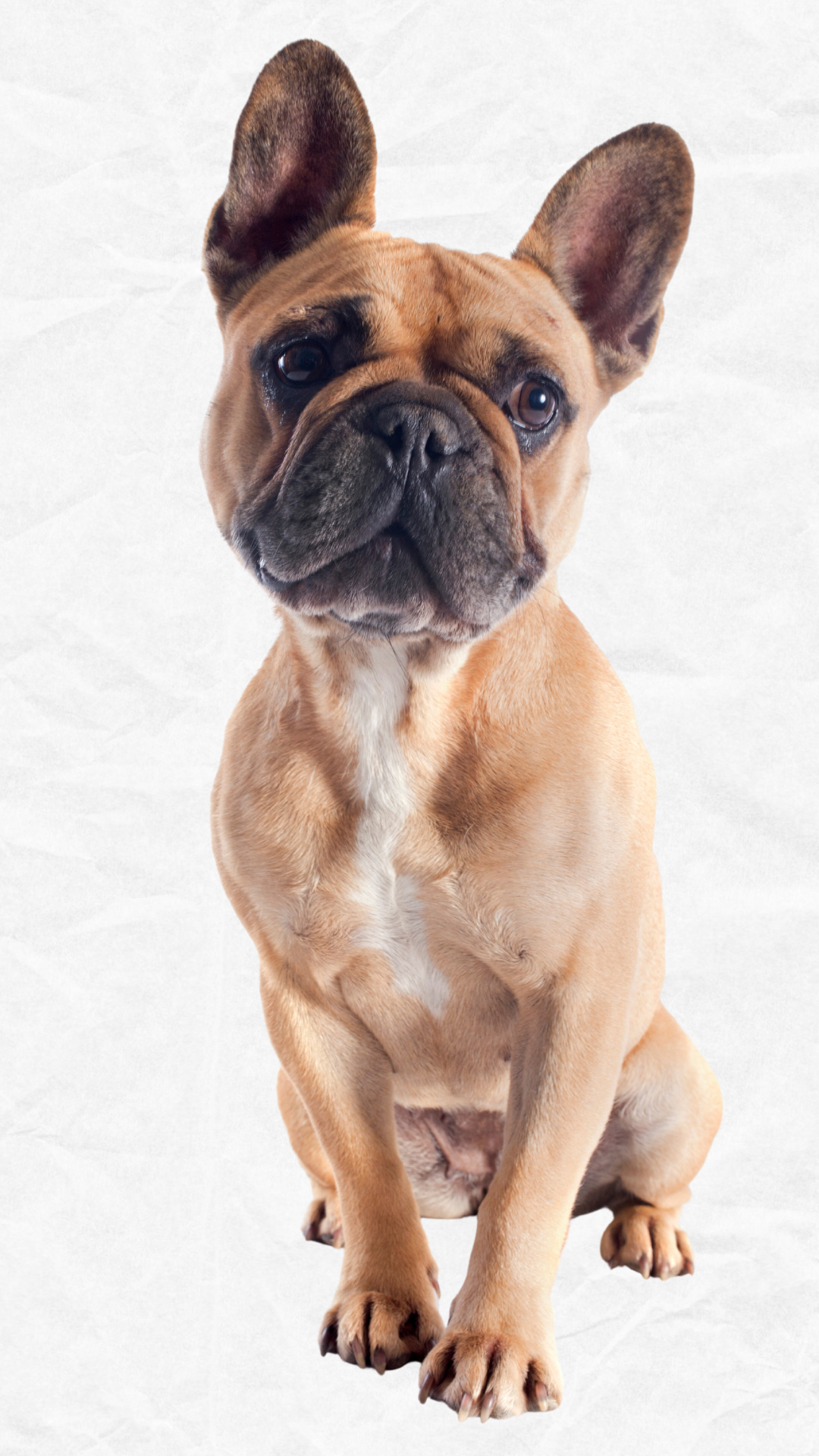The brachycephalic animal fad is fraught with dangers: Save the Dogs launches an appeal
Save the Dogs launches an appeal to celebrities and influencers, asking for raised awareness about these animals before posting photos of brachycephalic animals
English and French bulldogs, pugs, Persian and Scottish Fold cats: these are just some of the types of breed favored by VIPs and influencers. Celebrities that have social media profiles with millions of followers are making these kinds of animal all the rage, sparking a huge trend in copycat behavior.
But what is it that all these animals have in common? They all belong to the brachycephalic species, that is to say, they are breeds that have significantly shortened heads, with short snouts and flattened faces. These characteristics are the result of genetic selection and serve only one purpose: they satisfy popular aesthetic criteria, resulting in increased sales.

Brachycephalic animals can experience major health problems
“Brachycephalic breeds, selected because they keep their puppylike expressions throughout their entire lives and have features that seem just like those of humans, are considered by veterinarians all over the world to be likely to face the greatest difficulties in leading a normal life,” comments Ermanno Giudici, an expert on these issues who has been monitoring the issue of genetic abuse for many years.
“Many of these animals lead a miserable existence, as witnessed firsthand by the medical profession, because thousands of these animals need major interventions in order to survive and some even require plastic surgery to allow them to breathe properly.”
Cats and dogs with significantly shortened skulls frequently have a reduced quality of life due to the development of breathing problems caused by anatomical abnormalities (their nostrils are too narrow, they suffer from defects in the palates), and can also experience eye trauma, dermatitis and heart disease. These are serious medical pathologies that have led certain countries such as the Netherlands and Norway to ban the breeding of some of these breeds, whose demand has grown exponentially everywhere because of the influence of social media.
Brachycephalic animals are being exhibited as fashion accessories
“Despite the obvious health problems afflicting these breeds, their popularity does not seem to be diminishing. On the contrary, the superficial flaunting and exhibition of these animals by VIPs and celebrities on their social channels is having the opposite effect and is escalating the demand for these types of cats and dogs, mindless of all the suffering it can produce.
Anyone and everyone who has an effect on the general public and can inspire the consumer behavior patterns of millions of people has to be aware of the consequences of everything they choose to communicate. Animals cannot and should not be treated like fashion accessories. These creatures have their own rights too, and it is vital to raise awareness of their condition whenever they appear on social media, which can also be a way to receive more ‘likes’ and comments on these posts”, says Save the Dogs President Sara Turetta.
The media exposure of certain animal breeds has also led to a growth in the number of amateur breeders who are totally unsupervised and who are fueling the illegal trade in puppies arriving from Eastern European countries, precisely to meet this growing demand.
Sara Turetta concludes: “As well as VIPs and influencers, other forms of media such as film or advertising where brachycephalic or other “extreme” breeds often play a starring part have a decisive role in raising awareness. A self-regulatory policy code is required to demonstrate the effect of what a post or photo can generate. And we should not forget that all of this is taking place in Italy, where kennels and catteries are bursting with abandoned animals, making this whole issue even more paradoxical”.
